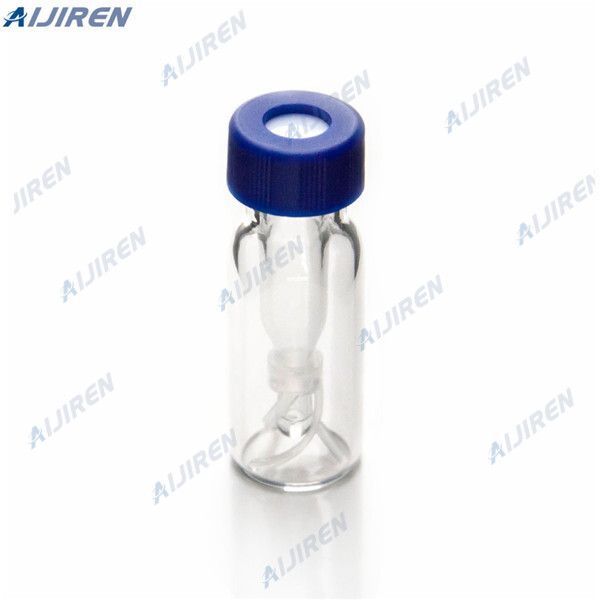Pacemaker implantation - How it's performed - NHS
Transvenous implantation. During transvenous implantation, the cardiologist will make a 5 to 6cm (about 2 inch) cut just below your collarbone, usually on the left side of the chest, and insert the wires of the pacemaker (pacing leads) into a vein. The pacing leads are guided along the vein into the correct chamber of your heart using X-ray scans.
Basic cardiac pacing, pacemaker functions and settings
Functions of the pacemaker. The functions of a pacemaker depend on the software, hardware, and programming. The simplest pacemaker systems consist of a pulse generator and one lead, which is located either in the right atrium or the right ventricle. Such systems are referred to as single-chamber systems. Nowadays, most implanted pacemakers are
Pacemaker Implantation, Discharge Instructions for
May 08, 2021 · Discharge Instructions for Pacemaker Implantation. You have had a procedure to insert a pacemaker. Once inside your body, this small electronic device helps keep your heart from beating too slowly. A pacemaker can't fix existing heart problems. But it can help you feel better and have more energy. As you recover, follow all of the instructions
Permanent Pacemaker Implant Surgery - PreOp® Patient
Your pacemaker will be permanently implanted in your chest and, depending on your condition, either one or two leads will be attached to the heart muscle. Your Procedure: On the day of your
Pacemakers: Leadless Pacemaker - Cleveland Clinic
Pacemakers are used to treat patients with bradyarrhythmias, slow heart rhythms that may occur as a result of disease in the heart’s conduction system (such as the SA node, AV node or His-Purkinje network). Learn more about permanent pacemakers. A leadless pacemaker is small self-contained device that is inserted in the right ventricle of the
Pacemaker Insertion - Health Encyclopedia - University of
A pacemaker is a small electronic device that helps maintain or restore a normal heart rate and rhythm. The pacemaker is usually implanted in the chest, just below the collarbone. Your doctor may recommend this device to keep your heartbeat from slowing down to a dangerously low rate. The heart is a pump made up of muscle.
Implantable Cardioverter Defibrillator (ICD) Insertion
An ICD can also be programmed to work as a basic pacemaker as needed. Sometimes after a shock is delivered, the heart may beat too slowly. The ICD has a "back-up" pacemaker, which can stimulate the heart to beat faster until the normal heart rhythm returns. The ICD can act as a pacemaker any time the heart rate drops below a preset rate.
5: Techniques of Pacemaker Implantation and Removal
Jun 05, 2016 · Introduction. A permanent pacing system consists of a pacemaker generator and one or more leads that connect it to the endocardial or epicardial surface of the heart. Considerable evolution in technique and hardware has occurred over the past several decades, which has simplified the implantation procedure.
Permanent Pacemaker Insertion - Montgomery Cardiovascular
A pacemaker contains a powerful battery, electronic circuits, and computer memory that together generate electronic signals. The signals, or pacing pulses, carry along thin, insulated wires, or leads. The signals cause the heart muscle to begin the contractions that cause a heartbeat. The pacemaker is programmed to stimulate the heart at a pre
Permanent Pacemaker - Cleveland Clinic
Surgical-based (epicardial) approach: A surgeon creates a small incision in your chest and inserts the lead (s) through that incision, and then attaches the lead (s) to your heart. The surgeon then connects the lead (s) to the pacemaker. The pacemaker is inserted into a “pocket” under the skin of your abdomen.
Pacemaker Insertion | Johns Hopkins Medicine
The pacemaker insertion site will be cleansed with antiseptic soap. Sterile towels and a sheet will be placed around this area. A local anesthetic will be injected into the skin at the insertion site. Once the anesthetic has taken effect, the physician will make a small incision at the insertion site.
Permanent Pacemaker - Pacemaker Surgery | SA Heart
When the area is numb the doctor will then make a small cut (approx. 4-7cm long) to insert the pacemaker. The leads are then guided through a vein into your heart and then connected to the generator or battery. The skin is sewn together and a small dressing is placed over the wound site. The stitches (if not dissolvable) will be removed in
Pacemaker: Types, Procedure, Precautions, and More - Healthline
Nov 25, 2021 · keeping a cell phone in the pocket over your pacemaker. holding a cell phone up to the ear that’s on the same side of your body as your pacemaker. allowing headphones to rest on or be close to
Living With Your Pacemaker | American Heart Association
Allow about eight weeks for your pacemaker to settle firmly in place. During this time, try to avoid sudden movements that would cause your arm to pull away from your body. Avoid causing pressure where your pacemaker was implanted. Women may want to wear a small pad over the incision to protect from their bra strap.
Permanent Pacemaker Insertion Technique - Medscape
Apr 29, 2021 · Permanent pacemaker insertion is considered a minimally invasive procedure. Transvenous access to the heart chambers under local anesthesia is the favored technique, most commonly via the subclavian vein, the cephalic vein, or (rarely) the internal jugular vein or the femoral vein.


